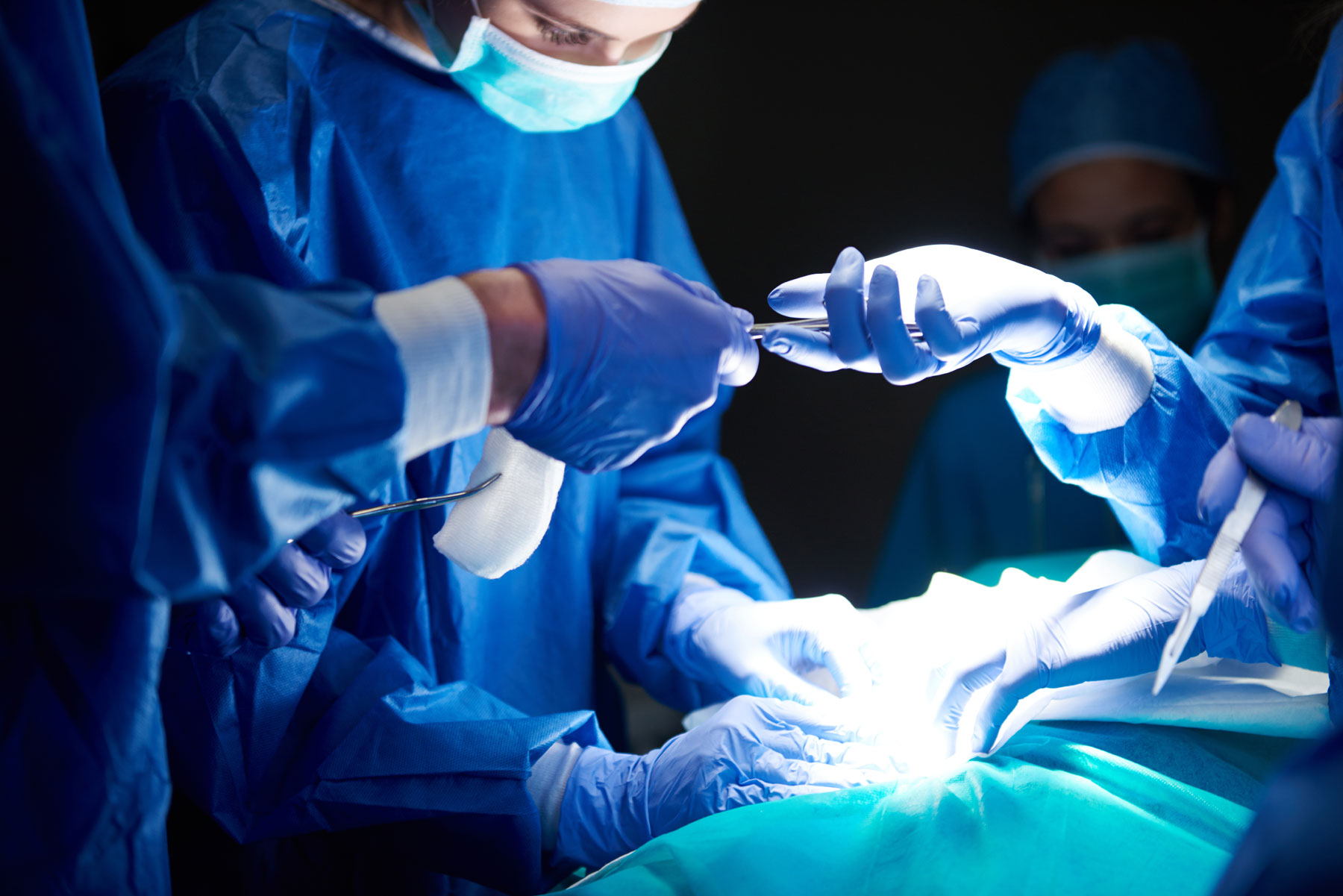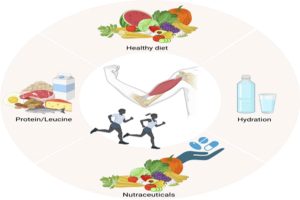1. Coronary Artery Bypass Grafting (CABG)
What it is:
Coronary artery bypass grafting (CABG) is a surgical procedure used to treat severe coronary artery disease, where the arteries supplying blood to the heart become narrowed or blocked.
How it works:
During CABG, a healthy blood vessel from another part of the body—usually the leg, arm, or chest—is grafted onto the blocked coronary artery, creating a new pathway for blood flow.
Benefits:
- Improves blood supply to the heart
- Relieves chest pain (angina)
- Reduces the risk of heart attack
CABG is usually recommended when medications or angioplasty are insufficient to manage coronary artery disease.
2. Aortic Valve Replacement (AVR)
What it is:
Aortic valve replacement is a surgery to treat a diseased or damaged aortic valve, which controls blood flow from the heart’s left ventricle to the aorta and the rest of the body.
Why it’s needed:
This procedure is necessary when the valve is narrowed (aortic stenosis) or leaky (aortic regurgitation), causing symptoms such as:
- Chest pain
- Shortness of breath
- Fatigue
- Risk of heart failure
Procedure:
The damaged valve is replaced with either:
- Mechanical valve
- Biological valve (from animal tissue)
AVR can be performed through traditional open-heart surgery or a less invasive method called transcatheter aortic valve replacement (TAVR), depending on the patient’s health and risk profile.
3. Mitral Valve Replacement (MVR)
What it is:
Mitral valve replacement is a surgical procedure to treat a malfunctioning mitral valve, which controls blood flow between the left atrium and left ventricle.
Why it’s needed:
The surgery is necessary when the valve flaps:
- Become thick or stiff, causing stenosis
- Don’t close tightly, causing regurgitation (backward blood flow)
Symptoms of mitral valve disease may include:
- Fatigue
- Shortness of breath
- Irregular heartbeat
Procedure:
During MVR, the damaged valve is removed and replaced with:
- Mechanical valve
- Biological tissue valve
This surgery can be performed via traditional open-heart surgery or, in select cases, minimally invasive techniques, depending on the patient’s condition and severity of the valve disease.
Dr. Ashwin Kumar
MBBS | MS (Gen Surgery) | MCh (Cardio-Thoracic Surgery)
Consultant – Cardiothoracic Surgeon














